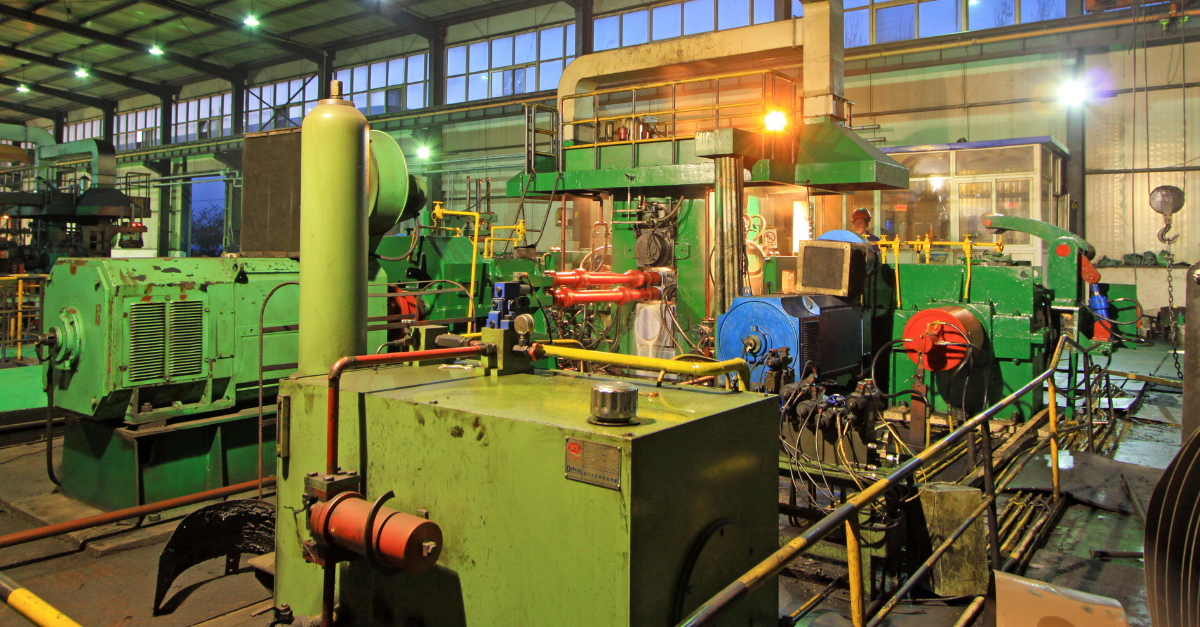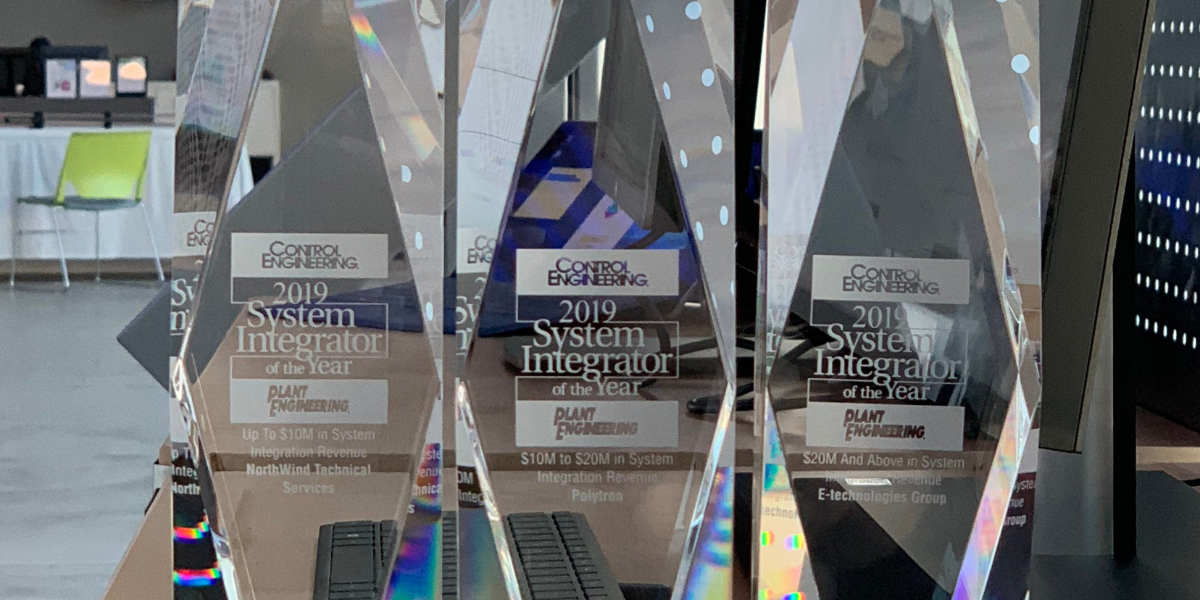Your Guide to Justifying an Obsolete Technology Upgrade
When technology goes beyond its useful life cycle, it becomes a business risk for a multitude of reasons including:
- Replacement parts are no longer available and limited technical support is provided by vendors
- Reliability of third-party repaired obsolete components is uncertain
- There is very little technical expertise in house for troubleshooting or configuring the hardware
- Production downtime increases
While technology obsolescence alone isn’t normally enough to justify a large capital upgrade, two drivers that typically kick off an obsolescence upgrade initiative are improved reliability and increased performance. Let’s explore this more.
When is it Time for an Obsolete Technology Upgrade?
The goals of reliability-focused upgrades are to reduce unplanned downtime and maintenance costs. The added benefits of the upgrades often include driving process optimization, increasing operation rates, reducing equipment downtime, minimizing changeover time, or improving product quality.
Reliability-focused upgrades can be justified through a risk evaluation designed to identify where the risks are and the impact to productivity. Some questions to consider when trying to identify if it is time to upgrade your obsolete technology include:
- How much obsolete hardware is involved?
- What is the current level of production downtime caused by obsolete hardware failure and what is the cost of that downtime? E.g. Number of lost units X the sales cost per unit.
- How much effort is spent trying to source obsolete hardware through non-OEM channels?
- Would upgrading the obsolete hardware enable other benefits?
Examples of how additional benefits of upgrades can be justified include the following:
- Yield improvement due to better controller accuracy
- Reduced downtime due to improved system warning and alarming
- Production quality improvements due to the ability to historize data for trending
- Cycle time and changeover time improvements due to a change in drive technology
- Enhanced safety features with more modern hardware
If new projects are planned for the line or facility, it might also be a good time to include the cost of the technology upgrade as a part of this planned capital expenditure since the upgrade will provide additional line improvements.
Identify Scope Challenges and Risk
Once you know it is time for an upgrade, the next step is to identify the scope challenges of the upgrade and the risks associated with the work. This analysis should be prepared to help identify what type of mitigation is required to minimize or eliminate the risks and should be a recurring process as you progress through the project.
The resulting document might look like this Challenges and Risks sample:
| Upgrade Challenge | Description | Risk |
| Record set versus as-built | Obtaining accurate records of all old hardware and wiring |
Using out-of-date documentation leads to troubleshooting in the field and maintenance that is less reliable and/or takes longer to perform. |
| Equipment panels and wiring | Remove old equipment hardware; remove all wiring; install new equipment; re-wiring of all cables | Extended downtime due to hardware change-out and high-risk wiring problems |
| Complex production setup | Interdependencies: Multiple lines with shared equipment | Upgrading a single line risks impacting other processes |
| Integration of new hardware with existing equipment | Installing new hardware systems that are not compatible with existing equipment | Improper data exchange from one system to another |
| Ensure program conversions are executed correctly | Converting the old code from the old hardware to the new hardware | Out of spec products; equipment not functioning as designed |
Risk Assessment and Analysis
Once risks are defined, you can decide the best approach to mitigate each one. The result would look something like the sample chart below. Note that a risk assessment and analysis is most effective when conducted by the in-house engineering team, engineering partner, and technology partner.
| Defined Risk | Risk Mitigation |
|
Using out-of-date documentation leads to troubleshooting in the field and maintenance that is less reliable and/or takes longer to perform. |
Perform comprehensive field verification to update all schematics, panel layouts, and I/O lists as applicable before design work begins |
| Extended downtime due to hardware change-out and high-risk wiring problems | Develop a detailed cutover plan with staged installation, pre-tested hardware configurations, and temporary bypass solutions to minimize disruption |
| Upgrading a single line risks impacting other processes Extended downtime due to hardware change-out and high-risk wiring problems | Protect interconnected systems through careful isolation strategies and testing using simulation |
| Improper data exchange from one system to another |
Conduct interface testing and validate communication protocols between all connected systems before commissioning |
| Out of spec products; equipment not functioning as designed |
Perform thorough commissioning, calibration, and factory and site acceptance testing to confirm that upgraded equipment meets design specifications. |
Should In-House Engineers or a Systems Integrator Lead Our Obsolescence Upgrade?
The highest risk of all is performing an obsolete technology upgrade for the first time with a lack of resources, not enough time available, or inadequate experience. In-house engineers already have the challenge of supporting daily operations and working on improvement projects; plus, not many have been fully trained on performing systems upgrades. By working with a system integrator with technical expertise and experience in doing these types of projects, you help further minimize project risk.
Developing a relationship with a system integrator will help provide opportunities to train and develop in-house resources for future upgrades or other phases of the project. To develop the appropriate approach, you should estimate the direct costs and indirect benefits for engaging a systems integrator, including system knowledge, installation sequences, and vertical startup. Factors and benefits that can affect these costs include:
- Experience with equipment upgrades
- Impact on production downtime and scheduling
- Startup support and manpower
- Final documentation
- Vendor relationships through installation/technology and procurement/integrator
- Hands-on training such as networking, programming, or HMI software development
- Project management: Conducting a risk assessment, project task breakdown, schedule management, resource management
- Benchmarking: Future technology upgrades, recipe and batch system programming
- Technical Knowledge: Building capabilities for future upgrades, understanding sequence changes, improving in-house technical abilities
Once the scope, cost, and assessment are compiled, the next step is to present to management for approval.
If you would like help developing a risk evaluation Contact Us today. Or learn how to plan, prioritize, and execute obsolescence upgrades with minimal downtime by downloading this Manufacturer’s Guide to Managing Control System Obsolescence.





